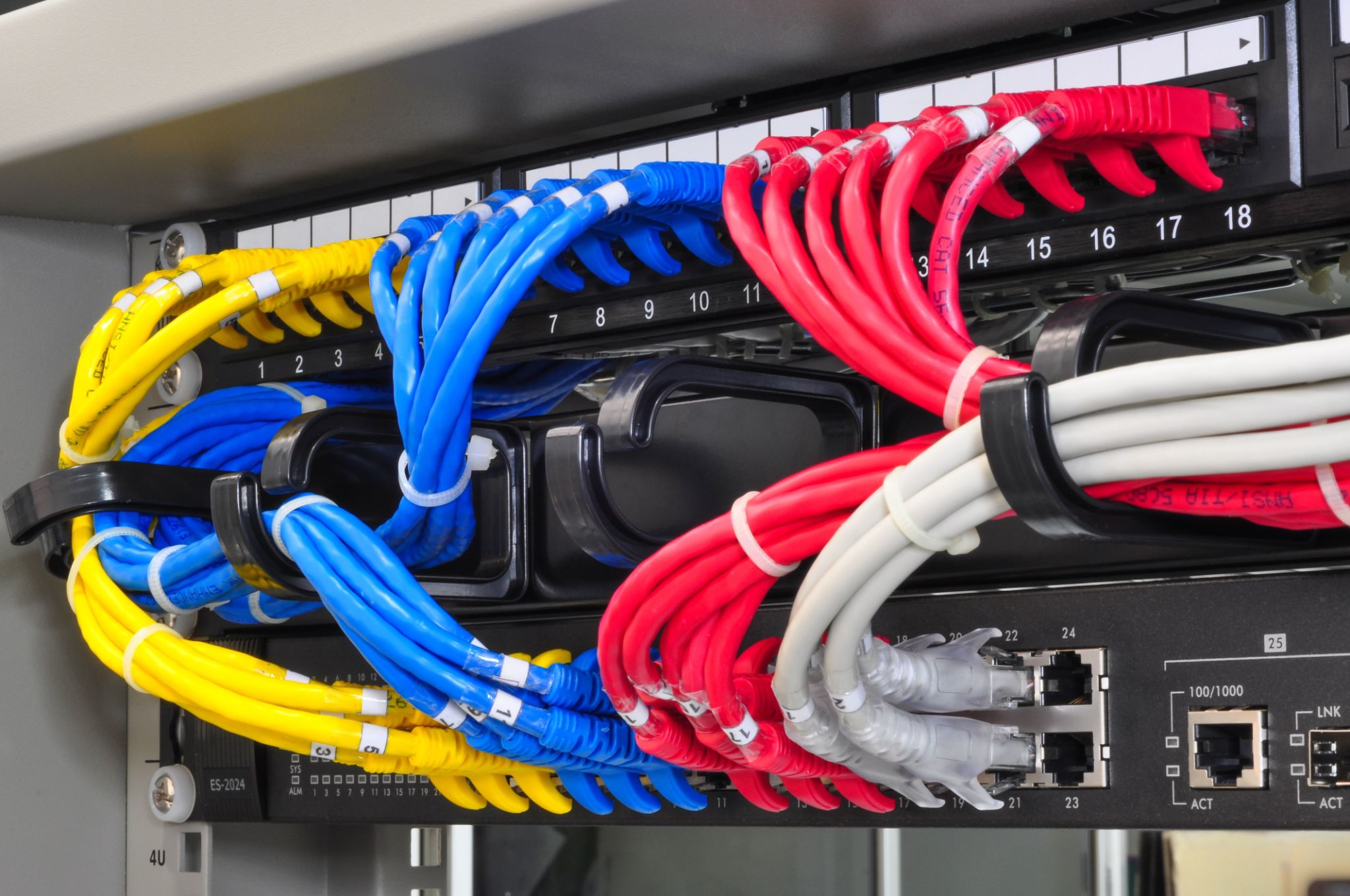A Guide to IT Infrastructure: Understanding Structured Cabling Needs
In today's digital age, the backbone of any robust IT infrastructure is its structured cabling system. Understanding the needs and components of structured cabling is essential for businesses looking to maintain operational efficiency and scalability.
What is Structured Cabling?
Structured cabling refers to a standardized architecture and components for communications cabling. It provides a comprehensive telecommunication infrastructure that supports various systems and devices. This infrastructure is crucial for data transmission, voice communication, and multimedia applications.
By implementing a well-designed structured cabling system, businesses can ensure a seamless and organized network that is both reliable and easy to manage.

Components of Structured Cabling
A structured cabling system consists of several key components, each playing a vital role in the overall functionality of the network. These components include:
- Patch Panels: These serve as the central point for connecting and managing cables.
- Cabling: Includes different types of cables like Cat5e, Cat6, or fiber optics, depending on the needs of the network.
- Racks and Cabinets: Used for organizing and securing network equipment.
Patch Panels and Cabling
Patch panels are critical for efficient cable management. They allow for easy connection and disconnection of devices without the need for direct access to the main cabling. Choosing the right type of cabling is equally important, as it will affect the speed and reliability of the network.

Designing a Structured Cabling System
Designing an effective structured cabling system requires careful planning. Considerations include the current and future needs of the organization, the type of building, and the specific applications the network will support.
An effective design should incorporate flexibility, allowing for future growth and technological advancements. This adaptability ensures that the network can scale with the business.
Scalability and Future-Proofing
One of the primary advantages of structured cabling is its scalability. By anticipating future needs, businesses can avoid costly upgrades and downtime. Investing in higher-category cables and modular components can significantly ease future expansions.

Benefits of Structured Cabling
Implementing a structured cabling system offers numerous benefits, including:
- Reduced Downtime: Simplified troubleshooting and maintenance.
- Improved Performance: Enhanced data transmission speeds and reliability.
- Cost-Effectiveness: Lower installation and maintenance costs over time.
These benefits make structured cabling an integral part of modern IT infrastructure, supporting businesses in achieving their operational goals.
Conclusion
Understanding and implementing the right structured cabling system is crucial for any organization looking to build a reliable and efficient IT infrastructure. By focusing on key components, scalability, and future needs, businesses can ensure their networks are robust and ready for any technological challenges.
With the right approach, structured cabling provides a foundation that supports growth, agility, and innovation.